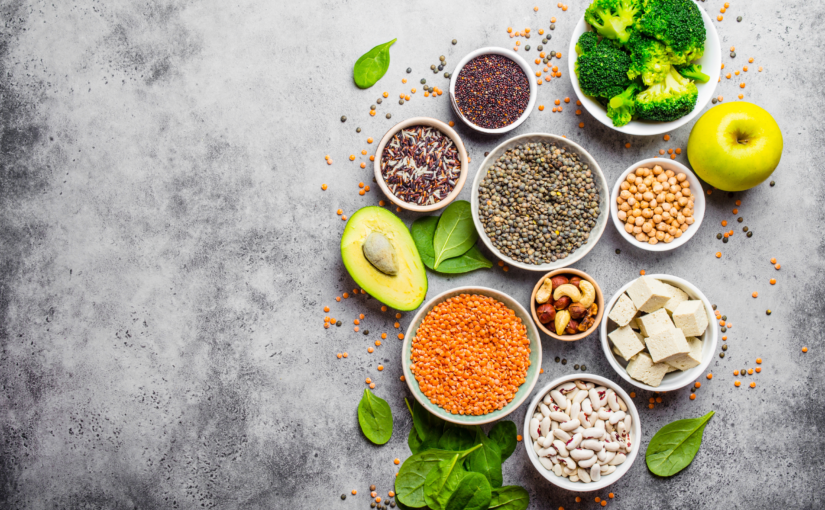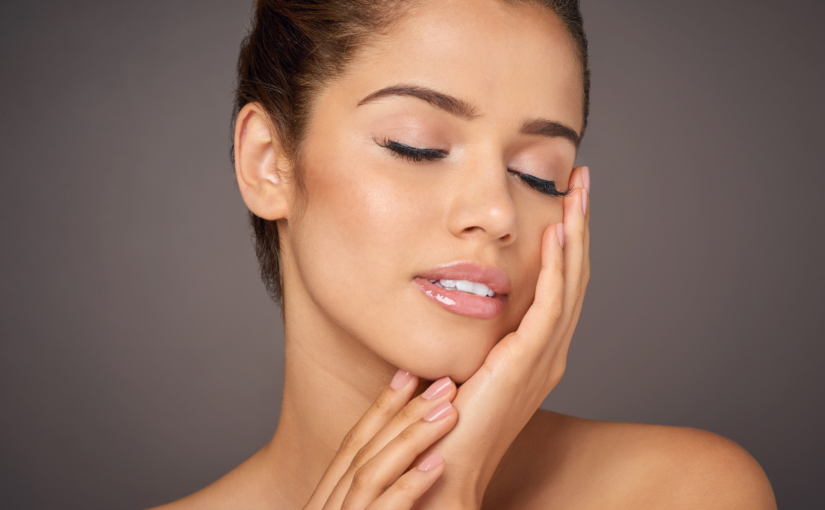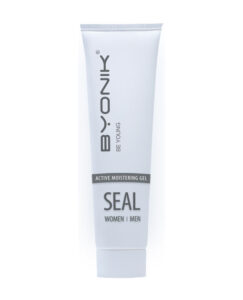This month is Skin Cancer Awareness month and as much as we may wear our sunscreen to prevent our skin ageing there is an even more important reason to slap it on every day, UV radiation from either the sun or sunbeds is the main cause of skin cancers, and it is the 5th most common cancer in the UK.
With 86% of melanoma skin cancer cases in the UK being preventable and the fact that this type of cancer is detectable with our own eyes should this really be the 5th most common cancer in the UK?
Skin cancer can occur when the skin cells DNA is damaged beyond repair, usually by UV exposure, this triggers mutations that leads to an out of control growth of these abnormal cells. The main types of skin cancer are Merkel cell carcinoma, Squamous cell carcinoma, and Melanoma.
The two main causes are Ultraviolet rays from either the sun or sunbeds, however there are other factors that can make us more susceptible to this type of cancer.
Sun Exposure
Too much sun exposure increases our chances of skin cancer, especially sunburn. In fact, having a blistering sunburn as a child can increase the risk of melanoma in adulthood by double!
All skins should take care in the sun, even darker skin types. If the following applies to you extra care should be taken:
- Pale, white, light brown skin
- Have freckles, red hair, or fair hair
- Tendency to burn
- Have many moles
- Have a family history of skin cancer
- Live in a hot country
This is not an exhaustive list, and every single person should take precautions to protect their skin daily.
Sunbeds
Not only accelerating skin ageing tenfold, sunbeds are artificial UV rays that directly damage your skin cells DNA. The earlier in your life you use sunbeds the greater the risk, and evidence shows people exposed to sunbeds before 25 are at a greater risk of developing skin cancer.
Age
Melanoma risk increases with age, in fact half of people diagnosed with skin cancer in the UK are age 65 and over. But please don’t have the attitude if you are under this that it may not develop as it is still the second most common cancer in adults under 50.
Skin Type
It may be obvious, but the group of people more at risk are people with fair skin, fair or red hair and those with freckles. These skin types burn very easily and therefore their skin’s DNA is easily damaged. However, if you are a darker skin type don’t be under any illusions that you don’t need to be cautious. Yes, darker skins are lower risk but that doesn’t mean that they won’t get it…look at Bob Marley.
Moles
People with lots of moles or moles that are large (5mm+ diameter) are also higher risk. It’s important to keep a close eye on these moles and if any changes are noticed to get them checked immediately.
Family history
There is a small number of melanomas that are caused by inherited genes. If someone in your close family has a history of melanoma, then your risk of developing it can be increased.
Reduced Immunity
A weakened immune system can increase your risk of developing melanoma. HIV, AIDS, or medication that suppresses the immune system can make you a higher risk as the skins immunity system may struggle to repair or fight the damaging forces.
As I said at the beginning of the blog, most skin cancers are preventable and early detection is the key. So protect your skin daily with a good broad spectrum sunscreen, do not use sunbeds, avoid sunburn, and check your moles or any other skin lesions that may appear.
If you need help with your sun protection or keeping your skin in the best of health get in touch for a skin health consultation.









 With pollution affecting our skin within the lower layers we need to try and protect those skin cells within those deeper layers as well. The most effective way to do this would be through supplements. The Advanced Nutrition Programme Antioxidant Supplements are the perfect partner to your antioxidant skincare.
With pollution affecting our skin within the lower layers we need to try and protect those skin cells within those deeper layers as well. The most effective way to do this would be through supplements. The Advanced Nutrition Programme Antioxidant Supplements are the perfect partner to your antioxidant skincare.
 Skin Omegas
Skin Omegas Byonik Supreme Seal
Byonik Supreme Seal Byonik Concur Cream
Byonik Concur Cream
